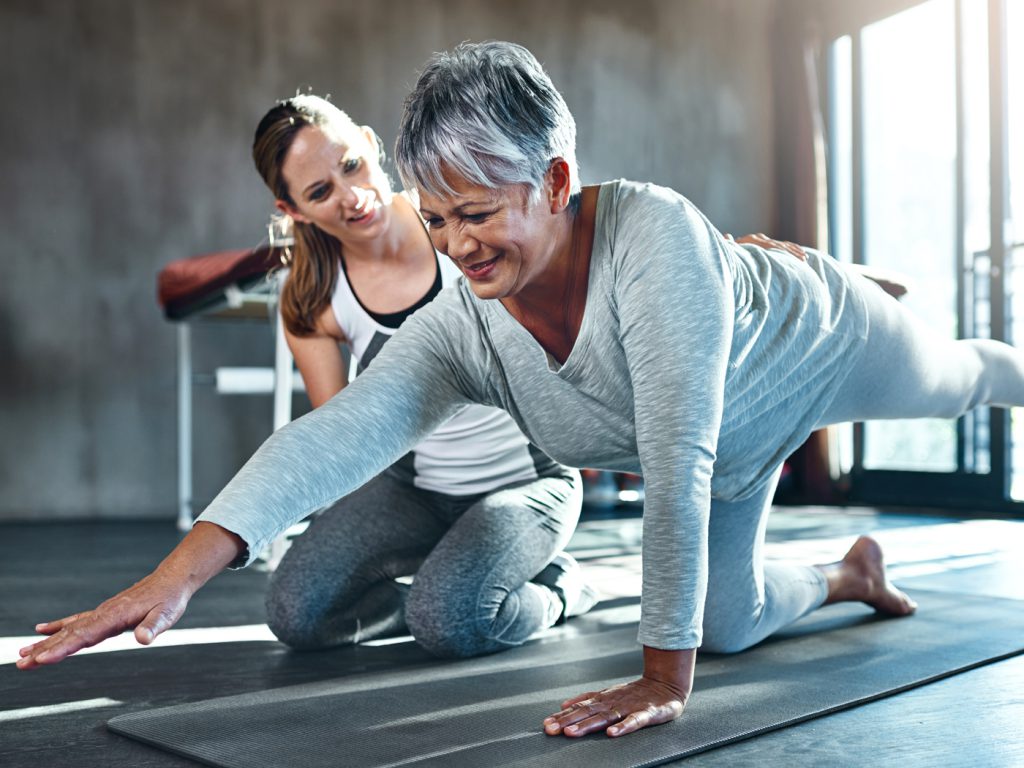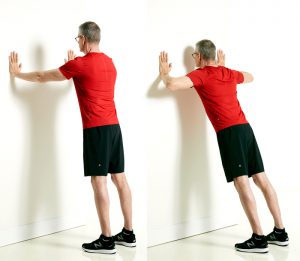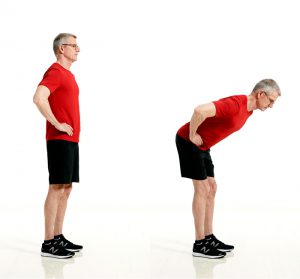Master the 5 Rules of Exercise Regression
When a move becomes hard or uncomfortable, it's tempting to quit. Instead, do this.

Think about the last time you did a strength workout. Was there any exercise that felt uncomfortable, too difficult, or maybe even a little painful?
That's a sign that the exercise isn't right for you. But you don't have to give up on it entirely. You can still harness the benefits by trying a regression-that is, a tweak that makes an exercise easier and safer so that you can do it with good form. An easier exercise with good form will benefit you more than a harder exercise with poor form.
“Modifying exercises is the best way to take small steps forward and build your confidence safely,” says Kimber Domke, a personal trainer and Pilates instructor in New York City. This is especially useful if you’re a beginner or recovering from a fitness injury.
If you’re a fan of fitness classes, let instructors know if you have any challenges or injuries so they can help you modify exercises. If you’re exercising on your own, you can make small adjustments yourself. Of course, if you’re being treated for an injury, ask your doctor when you can resume exercise and which exercises might be best for you.
Here are five basic rules to exercise regression that older adults should know.
Rule #1: Change the Angle of Your Body
You can make an exercise easier (or harder, which is known as a progression) by changing the angle of your body. Exercises done in a pushup or plank position are the best example of this. The more upright your body is, the easier it will be.
For example, doing a pushup with your hands on a step, chair, or wall is a lot easier than it is with your hands on the floor. And easier does not mean less effective. “While a standing pushup might seem very basic,” Domke says, “it can actually teach deep core and shoulder stabilizer activation.”

Dropping your knees to the floor during a pushup is another way to make it easier. This position is less intense on your core and reduces the risk of aggravating the lower back.
Even suspension training exercises can be modified by changing the angle of your body. For rows, walk your feet backward so your body is more upright. When you're ready for a challenge, walk your feet forward so your body is less upright.
Rule #2: Reduce the Impact
Jumping exercises are great for building strength and power, but they're not always great for joint health, particularly for those with arthritis or a history of injuries. The solution: Take jumps, hops, leaps, and bounces out of the equation.
Instead of jump squats, for example, keep your feet planted on the ground and do regular squats. "You can vary the speed and number of reps for a challenge without the added impact," Domke says.
More examples:
- High knees: Eliminate the hops, and simply march in place.
- Burpees: Step your feet out and back into plank position rather than jumping them together. Also, nix the jump at the top of the movement. Stand and reach your arms overhead instead.
Rule #3: Decrease the Range of Motion
If you're doing exercises with a bench or step but finding it difficult, don't use one as high. Maybe you step onto the bottom stair of a staircase rather than onto a tall chair.
Or don't move your body as far during an exercise. For squats, instead of bending your knees to a 90-degree angle, try lowering down only a couple of inches. Focus on good form by pushing your hips backward and keeping your chest lifted.
You can also add equipment that you weren't using before. For example, when done with proper form, deadlifts can be an excellent exercise for strengthening your backside. If you're not able to pick up a weight from the floor, place it on blocks so you're lifting it a shorter distance, says Mike Graber, a USA Weightlifting trainer and national medalist in Olympic weightlifting.
Rule #4: Increase Stability
If doing an exercise on one leg is too challenging, make it easier to balance by using both. You can also increase the stability of an exercise with a chair or wall. By holding onto a chair as you perform lunges, for example, you’ll take some of the work off your core and be able to focus on working your lower body—and worry less about losing your balance.
Subscribe to our newsletter
It's quick and easy. You could be one of the 13 million people who are eligible.
Already a member? Click to discover our 15,000+ participating locations.
Follow Us
In addition to a chair, consider other equipment. For example, replace pushups with seated chest presses. Using a seated chest press machine provides stability since you don't have to support your weight. Plus, it can guide you through the proper movement.
Rule #5: Reduce the Resistance
This one might seem obvious to experienced exercisers, but it's one of the easiest ways to scale down any movement: Use lighter dumbbells, kettlebells, or medicine balls. You can modify further by using no added weight at all-just your bodyweight.
You can also use machines or props to assist with bodyweight moves. The best example of this is with pullups. While this exercise can be daunting, it’s an excellent move for building strength and stability in your back and shoulders. An assisted pullup machine or lat pulldown machine mimic the same movement with a much lighter resistance. (Check out this beginner’s guide to the lat pulldown machine.)
"If you don't have access to these machines, you could try looping a resistance band around a bar, pipe, or sturdy tree branch and simply pulling one arm down, keeping your elbow near your ribs," Domke says. "Alternate sides, and you've got an easy, at-home way to improve overhead range of motion while building back and arm strength."
Deadlifts are another traditional exercise that’s easy to scale back. Instead of doing the traditional movement with weights, Graber recommends the good morning exercise, which is essentially a hip hinge that can be performed with or without weight.

"You push your hips back, keep your back straight, and hinge at the hip," Graber says. "Once your upper body is parallel with the floor or as close to it as possible, bring yourself back up to the top, pushing your hips forward as you squeeze your glutes," he says. This trains your glutes, hamstrings, and back muscles, just like you would during more challenging deadlifts.





